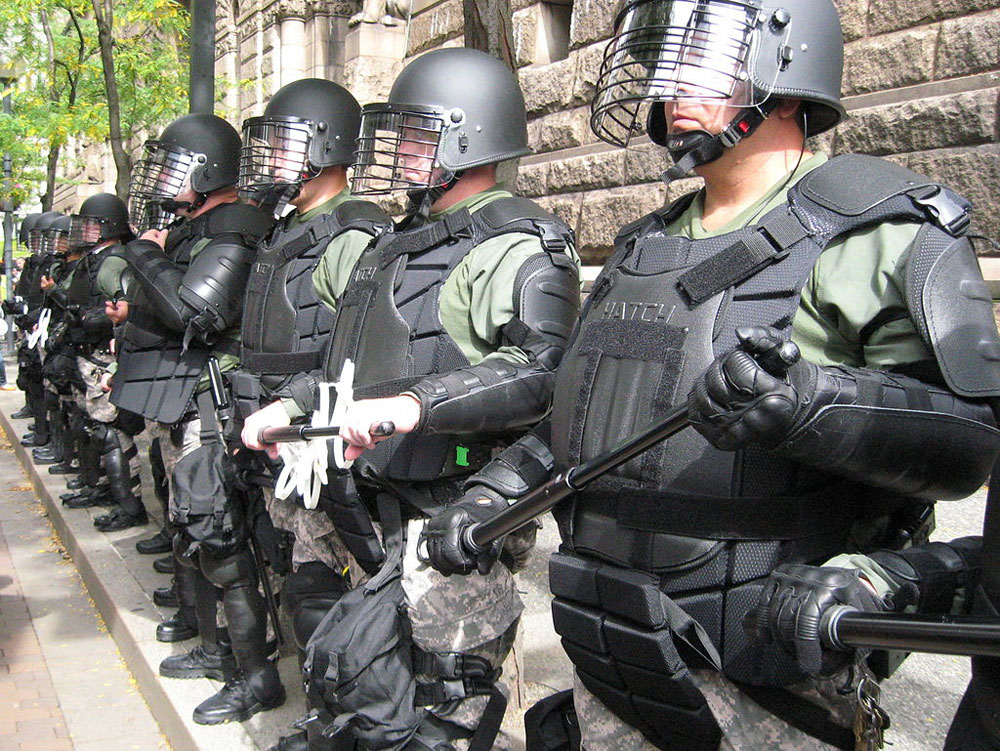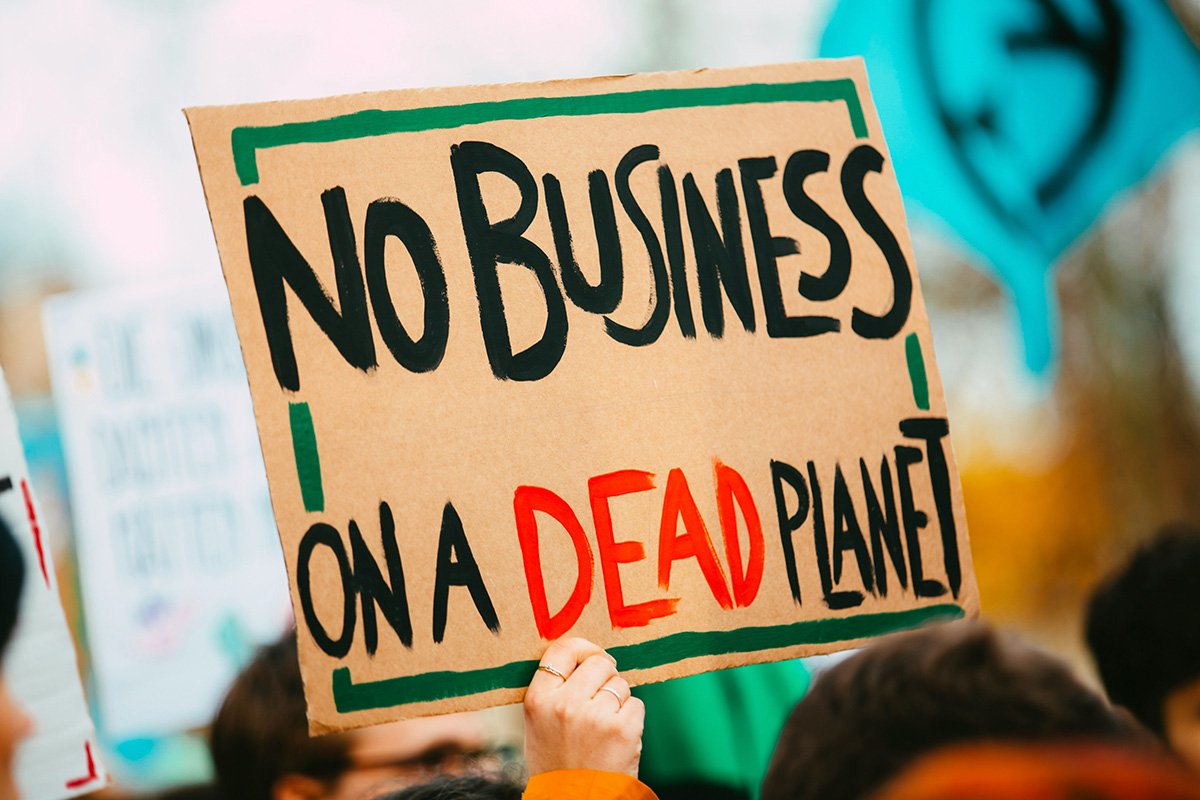
July 13, 2020; WBUR, “Bostonmix”
Police Lieutenant Willie Williams of Philadelphia, president of the National Black Police Association’s Region 3 chapter, has concerns about police access to military vehicles. Speaking to Boston’s NPR affiliate WBUR last week, Williams confided, “It can escalate a situation because people, especially the communities of color, feel like we’re being besieged upon all the time, anyway.”
“You know, ‘Why us?’ is the mentality,” he said.
Lenco Armored Vehicles’ Bearcat G3 has been seen as a representative puzzle piece in the larger image of police militarization, systemic racism, and national reckoning the United States is experiencing. These vehicles gained notoriety for their use in the capture of Boston Marathon bomber Dzhokhar Tsarnaev, yet they have been utilized more recently in the nationwide protests in reaction to the murders of George Floyd, Breonna Taylor, and countless others through police violence. Bearcat deployments have often been tied to the more than 100 attacks on protesters during the current movement, such as the Philadelphia police department’s kettling of activists with tear gas on I-676 in early June.
Five years ago, President Obama responded with open dismay to the militarized police response to protesters on the streets of Ferguson, Missouri reacting to the death of Michael Brown. “We’ve seen how militarized gear can sometimes give people a feeling like there’s an occupying force, as opposed to a force that’s part of the community that’s protecting them and serving them,” the president said. “It can alienate and intimidate local residents and send the wrong message. So, we’re going to prohibit some equipment made for the battlefield that is not appropriate for local police departments.”
On January 16, 2015, Obama issued Executive Order 13688, “Federal Support for Local Law Enforcement Acquisition,” which established the Law Enforcement Equipment Working Group (LEEWG) to review the flow of all federal government programs providing materials to law enforcement. The working group focused on policies, tactics, and protocols, of federal equipment entering police departments. They recommended prohibiting items such as track armored vehicles, weaponized aircraft, .50-caliber firearms or ammunition, bayonets, grenade launchers and camouflage uniforms. These equipment advances stemmed from a decades-long “1033 Program” tied to the Clinton administration’s National Defense Authorization Acts of 1990–91, which funneled excess Department of Defense property through the Defense Logistics Agency to police departments through grant programs, where often the cost of shipping was the only barrier.
Two years later, President Trump, in the face of bipartisan contempt, and citing a study with incomplete data, would reopen the pipeline of federal surplus of military equipment to police departments through Executive Order 13809, “Restoring State, Tribal, and Local Law Enforcement’s Access to Life-Saving Equipment and Resources.” This was seen as a hardline stance on “law and order” posturing, which gained national support from police unions, such as the National Sheriff’s Association, which stated, “By reinstating this program, the president will provide more resources to local law enforcement to keep their communities safe without any additional cost to the taxpayer.”
Regular usage of armored trucks like MRAPs (mine resident-ambush protected), military grade equipment, and SWAT teams seems more appropriate to deal with landmines, rocket-propelled grenades, or terrorist cells rather than communities of color or routine low-level warrants. Researchers have found consistent, statistically significant relationships between military equipment transfers to police departments and fatalities from police shootings, as well as even more violence directed toward officers when militarization practices are in place.
Sign up for our free newsletters
Subscribe to NPQ's newsletters to have our top stories delivered directly to your inbox.
By signing up, you agree to our privacy policy and terms of use, and to receive messages from NPQ and our partners.
The scrutiny of these military vehicles, resources, and tactics coincides with a growing national focus on American policing—particularly considering its methods, mentality, culture, and history in relation to systemic racial injustice. Just as the roots of our current police system are tied to the era of slave patrols and dampening public dissent, militarization of these forces did not occur overnight. This material, cultural, and mental development of the police force is embedded in multiple Presidential administrations.
The trend can be seen as far back as President Johnson’s 1965 Law Enforcement Assistance Act (LEAA), which established the federal funding stream’s ability to increase the capacity and strength of local law enforcement. Congress’s 1968 Omnibus Crime Control and Safe Streets Act solidified this stream in an era of national upheaval—racial violence, the Vietnam war, and prolific assassinations of Civil Rights leaders. Actions such as these would pave the road for the federal norm of law-and-order tactics, as made manifest in President Nixon’s racialized campaign to curb drug usage and President Reagan’s all-out “War on Drugs.”
These themes of punitive law and order would induce Democratic legislators and presidents to come up with some of most damaging legislation for Black and brown people’s well-being, such as H.R. 3355—the Violent Crime Control and Law Enforcement Act Bill of 1994. This further accelerated militarization, punitive policy development, and the process of mass incarceration. This bill was penned by current presidential hopeful Vice President Joe Biden.
There are more than 600,000 police officers across the United States, and as much as their structure and history are rooted in racism, white supremacy, and punitive methods, the officers themselves are not a monolith. Although data demonstrate that officers are overwhelmingly straight white males, there are growing numbers of cops of color, female cops, cops from the LGBTQ+ community, and cops of a variety of immigration backgrounds. Though they may aim to serve with care and empathy, the inadequacies across policy, practice, and internal culture cannot be ignored when looking at national and historic trends.
Militarization occurs not only through resources, but the continual militarized mentality within the culture itself. Officers are more likely to view themselves as “warriors” instead of community guardians through consistent conditioning occurring within training, professional, and social environments.
Police scholars find that when officers feel they are in constant danger and misunderstood by the public, they may be more likely to “maintain the edge” of superiority by employing seemingly unnecessary force or violence to reestablish their feelings of safety or respect. This is true even as the total number of police killings has consistently been on the decline for decades. Bureau of Labor Statistics data determined that 13 police officers per 100,000 died in 2017. Compare this to truck drivers (26.9 per 100,000), farmers (24 deaths per 100,000), and trash collectors (34.9 per 100,000). This indoctrination starts as early as cadet training, with consistent reinforcement of fear through training videos such as the traffic stop murder of Officer Dinkheller, and phrases that uphold a “thin blue line,” such as “better to be judged by 12 than carried by six,” emphasized.
Williams concluded his statement on the Bearcat G3 with, “We had officers basically penned in by the crowds, and we were able to get the officers up and out…all of those vehicles were graffitied up, were hit with rocks and bottles. And if it wasn’t for them, we would have had a whole lot more officers countrywide hurt.”
Who is to blame in this occurrence? It is indicative of the acuteness of need when protesters are consistently met with militarized police violence when protesting that systemic violence from the state itself. How these patterns will be redressed and reconciled is still unclear, yet continually overlooking these realities on a local or national level will only allow these cycles of harm to endure.—Chris Cannito











